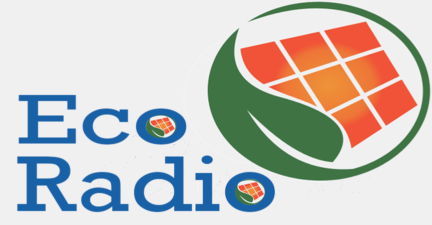Science News
Oceanographer Examines Pollutants in Antarctic Seal Milk
Jan. 8, 2014 — An oceanographer from the University of Rhode Island is analyzing the milk from Antarctic fur seals to determine the type and quantity of pollutants the seals are accumulating and passing on to their pups.
Rainer Lohmann, a professor at the URI Graduate School of Oceanography, is collaborating with a researcher at the Southwest Fisheries Science Center in California to learn about the health and ecology of fur seals that winter in different locations in the South Pacific.
“What we’re trying to learn is where the pollutants come from and how those pollutants vary by where the seals feed,” said Lohmann, who has conducted studies of marine pollutants around the world. “Fur seals that have given birth have lower pollutant levels than those that have not, because they pass their pollutants on to their pups in their milk.”
All of the seals the researchers are studying breed on the South Shetland Islands of Antarctica, but some spend the winter off the coast of Argentina while others winter off Chile. The two groups are thought to be exposed to different pollutants in the food they eat at their wintering grounds.
Lohmann’s lab is analyzing 60 samples of seal milk collected between 2000 and 2010. He expects to find a wide variety of pollutants in the samples, including mercury, pesticides, flame retardants, PCBs, and other organic pollutants.
“These are all pollutants that degrade very slowly, so some may have been in the environment for decades while others, like flame retardants, are relatively new compounds that are still used by industry today,” Lohmann said.
Few studies of marine pollutants have been conducted in Antarctica, in part because there are greater concerns about pollutant levels in the northern hemisphere than in the southern hemisphere.
“The two hemispheres don’t mix very well, which is why the northern hemisphere is more contaminated than the southern — most of the pollutants have been released in the northern hemisphere and the air doesn’t flow to the south very often. So Antarctica is much cleaner,” Lohmann explained. “But we don’t know whether the pollutants down there are the result of a slow infiltration from the north or whether it’s a slower accumulation of pollutants used and released in the south.”
According to Lohmann, seal milk is about 50 percent fat, enabling young seals to grow rapidly. But it also means that if their mother’s milk is contaminated with pollutants, the pups will quickly accumulate pollutants in their bodies as well. And due to the pups’ smaller size, the researchers speculate that the young seals are more seriously effected by the pollutants than are older and larger seals.
“The seals can’t avoid the pollutants, so the best we can hope for is that the concentration of pollutants will decrease in their system over time, so that whatever harm there was is less harmful in the future,” Lohmann said. “But some data suggests that pollutant concentrations haven’t declined in the last ten years, even though most of the compounds were banned 40 years ago.”
Lohmann also speculates that some older pollutants that had been frozen in glaciers may be released again as the glaciers melt due to climate change.
“That could cause wildlife to be re-exposed to chemicals that previously were safely locked away in the ice,” he said.
Share

